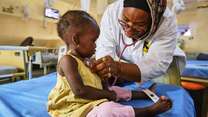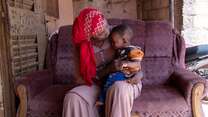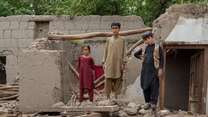Governments are cutting back on humanitarian aid, even as global needs are rising. In a devastating blow to humanitarian efforts, the U.S. government terminated over 10,000 foreign aid grants and contracts, leaving millions of people without access to lifesaving services.
Now is the time to step up and tackle poverty, conflict and insecurity. The International Rescue Committee (IRC) calls on donor governments to reconsider their position and invest in humanitarian aid.
Here are seven facts and statistics that show why humanitarian aid matters—and why continued support is critical.
1. Aid cuts cost lives
Millions of people are at risk as countries like the U.S., Germany and the U.K. reduce aid spending for the world’s most urgent humanitarian crises. Life-saving services are being slashed, putting the world’s most vulnerable communities at risk.
For people facing war, displacement, hunger or disease, humanitarian aid means access to food, clean water, medical care and shelter. These programs aren’t just numbers in a budget—they represent real lives and real futures.
Cutting aid costs lives.
2. Wars are increasing—and so is the need for aid
In 2023, the world witnessed 59 armed conflicts—the most since World War II. With more wars and less diplomacy, over 300 million people need humanitarian assistance, including more than 120 million people who have been forced to flee their homes. These numbers have risen steeply over the past few years.
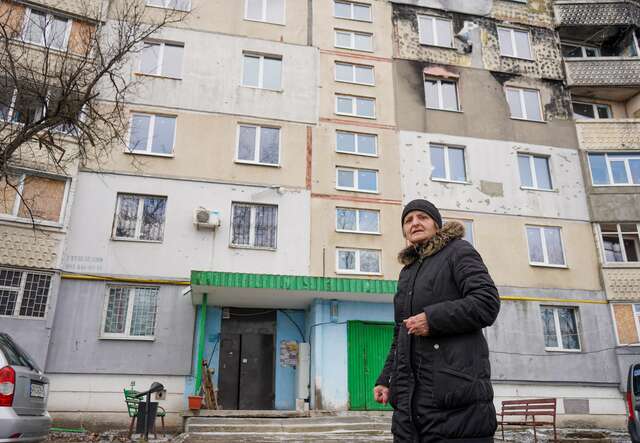
Humanitarian aid plays a crucial role in responding to crises and stabilizing societies. There is growing evidence that investing in fragile states before disaster strikes can reduce the need for costlier emergency responses later.
By funding aid efforts in countries most at risk, we can stabilize communities, strengthen resilience and help prevent future crises. Strategic, early action doesn’t just save lives—it also saves money.
3. Diseases have been eradicated globally thanks to aid
Humanitarian aid has greatly improved global health. In the last 30 years, mortality rates for children under five have dropped by half. Deadly diseases like smallpox have been eradicated, and polio cases have dropped by 99%.
Since 1980, polio vaccinations have prevented paralysis for an estimated 20 million people. This progress is largely thanks to coordinated global aid—and it's just one example of how humanitarian aid has transformed lives around the world.
Because diseases don’t respect international borders, investing in prevention and treatment benefits everyone. For donor countries, aid is not just an act of compassion—it’s a smart investment in global and national health security.
4. We can reach more people with better aid, at a lower cost
Research and innovation are helping aid organizations reach more people with more effective solutions—at lower costs.
Take child malnutrition, for example. There is a simplified, cost-effective approach to diagnosis and treatment that helps over 90% of children recover, while cutting costs by 20% and saving countless lives.
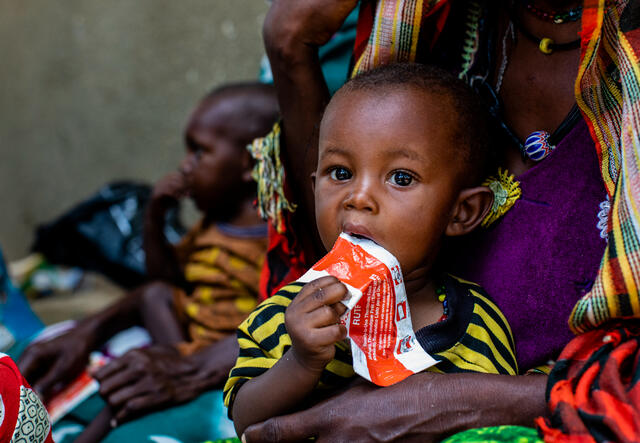
At the IRC, we ensure that every dollar is used efficiently. Through Dioptra, the IRC’s innovative cost-analysis tool, we help the humanitarian sector reduce costs and expand impact.
Learn more about how the IRC makes the most of every dollar.
5. Humanitarian aid is a fraction of government spending
Opinion polls indicate that Americans believe that foreign aid spending accounts for 25% of the federal budget. In reality, less than 1% of the budget is allocated to foreign aid—and humanitarian aid is just one part of that small slice.
While the U.S. is the world’s largest donor in total dollars, other countries give more generously relative to their size. In 2023, Norway contributed over 1% of its gross national income (GNI), the U.K. gave 0.58%, and the U.S. gave just 0.24%.
These modest investments save lives. Cutting them puts millions at risk.
6. The largest humanitarian crisis on record is happening right now
After two years of civil war, Sudan is now the world's largest humanitarian crisis since records began. Over 30.4 million are in urgent need of humanitarian assistance, including more than 12 million people who have been displaced from their homes.
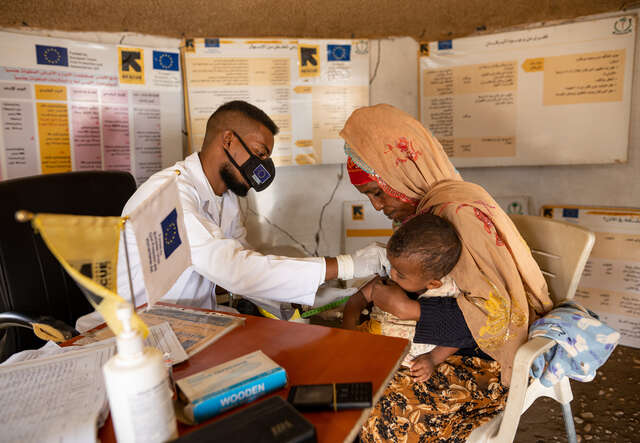
The IRC is on the ground in Sudan, providing emergency aid, including nutrition and healthcare, as well as working in neighboring countries to help Sudanese refugees fleeing the conflict. We are also supporting Sudanese refugees in Chad, South Sudan and beyond—ensuring they receive the support they need to survive and rebuild.
Learn more about the crisis in Sudan.
How can I help deliver humanitarian aid?
Donate: Financial contributions are key for trusted organizations like the IRC, which deliver humanitarian aid to crisis-stricken communities around the world. Your donation can help people survive, recover and rebuild their lives.
What is the IRC?
The International Rescue Committee works in more than 40 countries to help people affected by humanitarian crises survive, recover and rebuild their lives. We help to restore health, safety, education, economic wellbeing and power to people devastated by conflict and disaster. And we are proud to fight for a world where women and girls have an equal chance to succeed.
Whether it’s revolutionizing malnutrition treatment, bringing education to conflict-affected children in the hardest-to-reach parts of the world, or providing emergency services to displaced families, the IRC is committed to being an efficient, solutions-driven organization that creates lasting change around the world.
Get connected: Follow our Instagram, LinkedIn, Facebook and X accounts.
Stay informed: Learn more about the world’s most pressing crises and what the IRC is doing to help.
Take action: Join the IRC’s advocacy team as we fight for policies that deliver real change for the people we serve.

